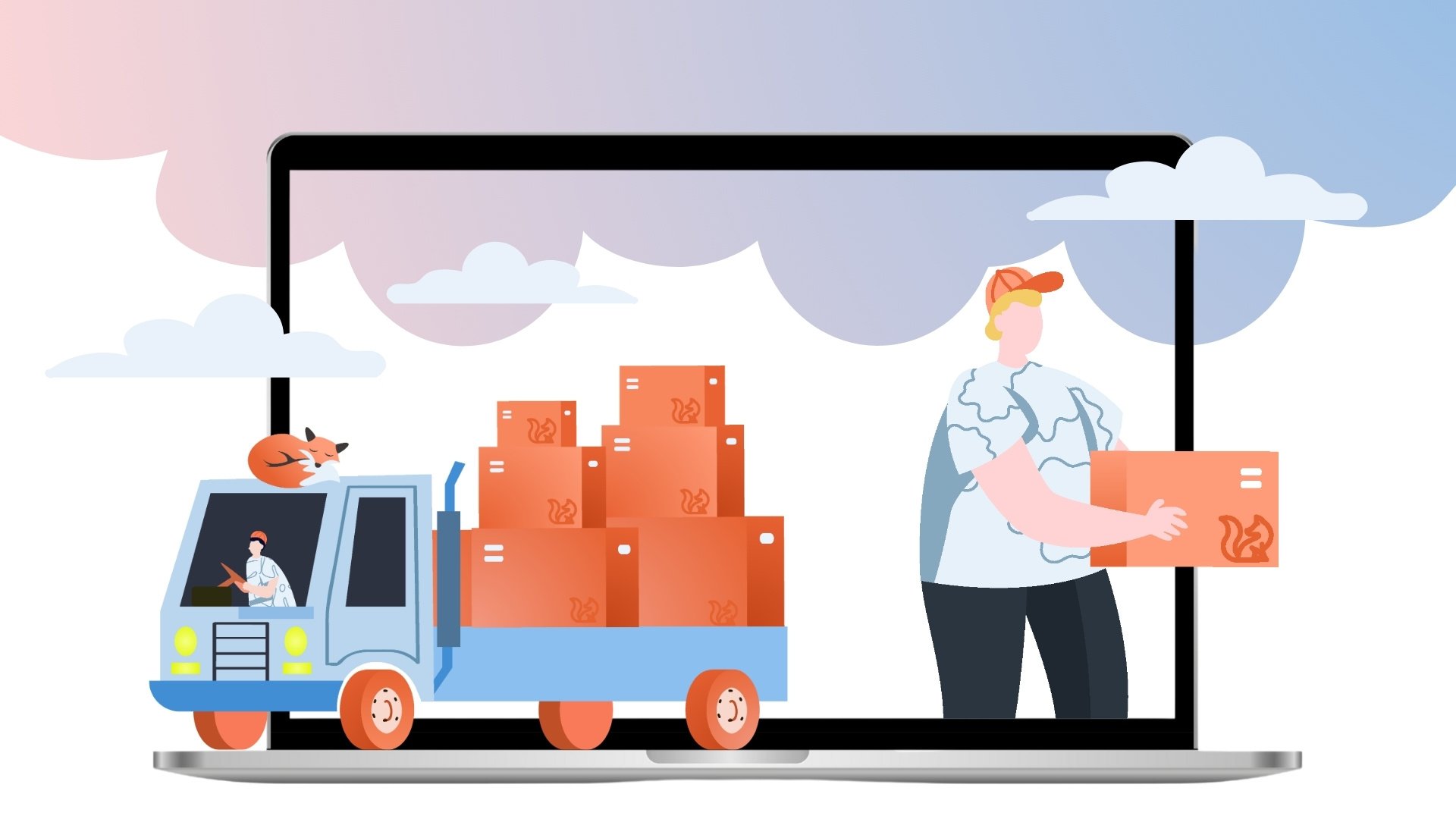Shipping vs Delivery: Is There a Difference?
Shipping and delivery are interchangeable terms, right? These two terms are used all the time, especially if you are a frequent online shopper or...
3 min read
.png) Court Abel
:
Jul 17, 2024 2:04:47 PM
Court Abel
:
Jul 17, 2024 2:04:47 PM
.png)
Recently, many traditional brick and mortar stores have been searching for ways to reach new customers. Starting an eCommerce store can be a relatively easy way to expand your business, but there are a few things to consider first. The move from brick and mortar to eCommerce will require some changes to your existing logistics, but it will likely repay itself tenfold.
One of the first questions you’ll have to ask is if you want to keep your brick and mortar storefront. Consider these pros and cons before you decide whether to close your physical doors or keep them open.
Depending on your industry, a brick and mortar store may be crucial. While even clothing and food sales have moved online, there is nothing like an in-person experience when buying certain goods.
Consider your industry and your customer base -- do they love coming in just to chat? Do they need customized attention you won’t be able to provide online? Or has your storefront even become a gathering place in your community to learn and socialize? If so, keeping a physical presence when you move from brick and mortar to eCommerce may be the best idea.
On the other hand, keeping a brick and mortar store open for only a few customers isn’t a great use of resources. You’ll need to find a threshold of in-person customers that makes your storefront worth it. If you’re struggling to bring in foot traffic, you can also use part of your physical space for packaging online orders. Then you can open for limited hours or even by appointment only.
Having experience running a physical store will help you immensely in your journey to an eCommerce store. Following a few simple steps will help you plan and strategize for a strong digital launch.
Consider your existing processes and how they may translate into your online offerings. If you send out PR packages, can you use these branded packing materials to fulfill online orders? If you already have someone running daily errands to the bank, can you extend their responsibilities to taking packages to the post office?
By taking a good look at the policies you already have in place, you can make the most of your existing infrastructure. When you move from brick and mortar to eCommerce, you don’t want to reinvent the wheel. By using the policies, processes, and groundwork you’ve already set, you’ll avoid doing needless work.
Once you have a baseline of processes and duties, you’ll need to make a list of new processes, supplies, and job roles. Be sure to consider:
Think through the entire process from the moment an order is placed to ensure you have the resources you need to provide quick, accurate shipping all over the world. Without proper preparation, you won’t have the strong launch you need to survive in the eCommerce space.
Starting a new eCommerce store while continuing to run a brick and mortar storefront can be overwhelming. You may want to consider partnering with a 3PL provider to help you handle new responsibilities in your online store. This way, you can continue your typical daily operations as per usual while your eCommerce store takes off.
A good 3PL provider can handle your online store, warehousing and storage needs, order fulfillment, and customer service, all without you holding interviews or making a single hire. 3PL providers can be especially beneficial to new eCommerce stores, since your contract can be flexible to accommodate whatever level of business you receive from day one.
If you’re considering how to transition your business to eCommerce, marketing will be key. Controlling your narrative and highlighting new features for customers to enjoy online is key. Consider exclusive sales, in-store pickup for online orders, and other incentives for customers to try out your new online store.
Creating an eCommerce website from scratch takes time and effort. While the process will vary depending on your industry and company needs, here are a few items you’ll need as you begin the process:
By planning these items ahead of time, you’ll set your business up for a smooth and successful launch into the eCommerce space.

Shipping and delivery are interchangeable terms, right? These two terms are used all the time, especially if you are a frequent online shopper or...
.png)
If you’ve considered starting an online store, chances are you’ve heard of Shopify. But in a crowded eCommerce marketplace, it can be difficult to...
.png)
When starting an online store, you will have to make dozens of tough decisions. What platform should you use? How should you price your shipping and...